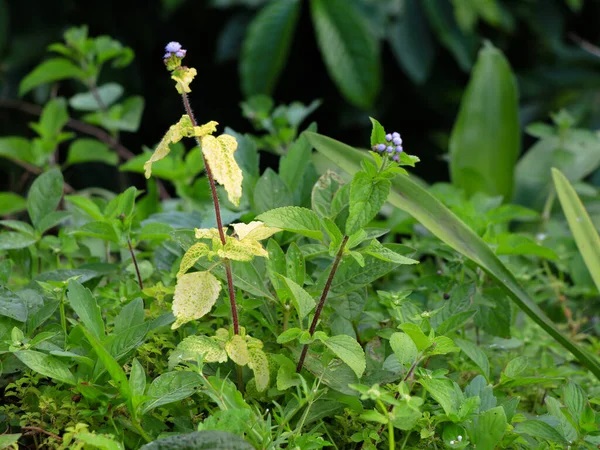October 15, 2024 – In Texas agriculture, effective weed management often involves the use of both preemergence and postemergence herbicides, each playing a critical role at different stages of weed development. The Texas A&M AgriLife Extension Service offers valuable insights on how and when to apply these herbicides to maximize control and minimize crop competition.
Preemergence Herbicides:
Preemergence herbicides are designed to prevent weeds from emerging by targeting weed seeds as they begin to germinate. These herbicides form a chemical barrier on the soil surface, which kills the seedlings before they can establish themselves. The key to success with preemergence herbicides is timing. They must be applied before the weed seeds begin to germinate, which typically occurs in early spring or fall, depending on the weed species.
In Texas, preemergence herbicides are commonly used in pastures, lawns, and gardens to control annual grassy weeds such as crabgrass and broadleaf weeds like henbit. These herbicides are particularly valuable in crops such as corn, cotton, and soybeans, where early-season weed competition can severely reduce yields. However, preemergence products do not control established weeds, so they are often used as part of a broader weed management strategy.
Examples of preemergence herbicides include Pendimethalin and Prodiamine, which are widely used in Texas for controlling a range of weed species. Proper irrigation or rainfall is often necessary after application to activate the herbicide and ensure it moves into the soil where weed seeds are located.
Postemergence Herbicides:
Postemergence herbicides are applied after weeds have already emerged from the soil and are actively growing. These products target visible weeds and are especially useful when preemergence treatments fail or when managing perennial weeds and later-emerging species. The timing of application is crucial, as postemergence herbicides are most effective when weeds are small and actively growing. Weeds that are large or stressed due to drought or temperature extremes may be more difficult to control.
There are two main types of postemergence herbicides: selective and non-selective. Selective herbicides, such as 2,4-D, target specific weed species without harming desirable plants, while non-selective herbicides like **glyphosate** kill most plants they contact. In Texas, postemergence herbicides are often used in conjunction with preemergence products to achieve season-long weed control. By combining both preemergence and postemergence herbicides, Texas producers can effectively manage a wide range of weed species, ensuring healthier crops and higher yields.
For more information on this or any other agricultural topic please contact the Hopkins County Extension Office at 903-885-3443 or email me at [email protected].







